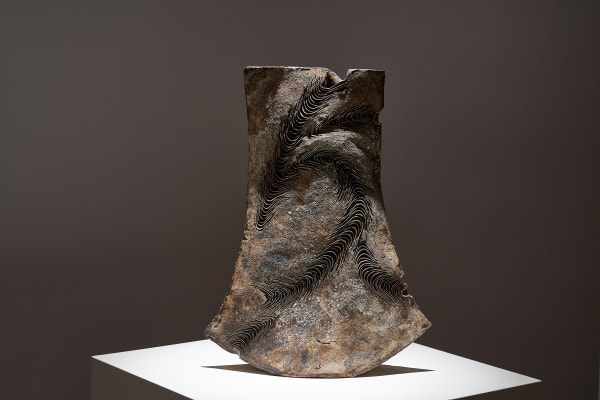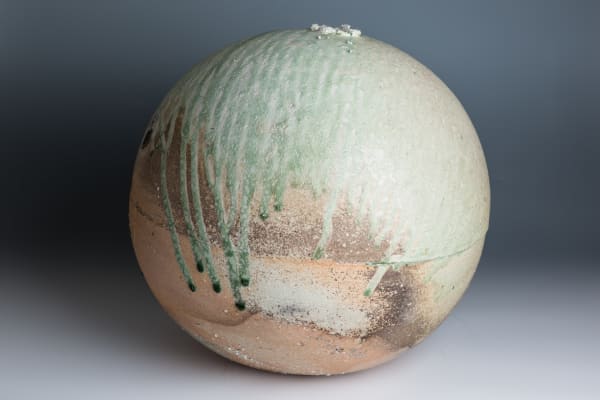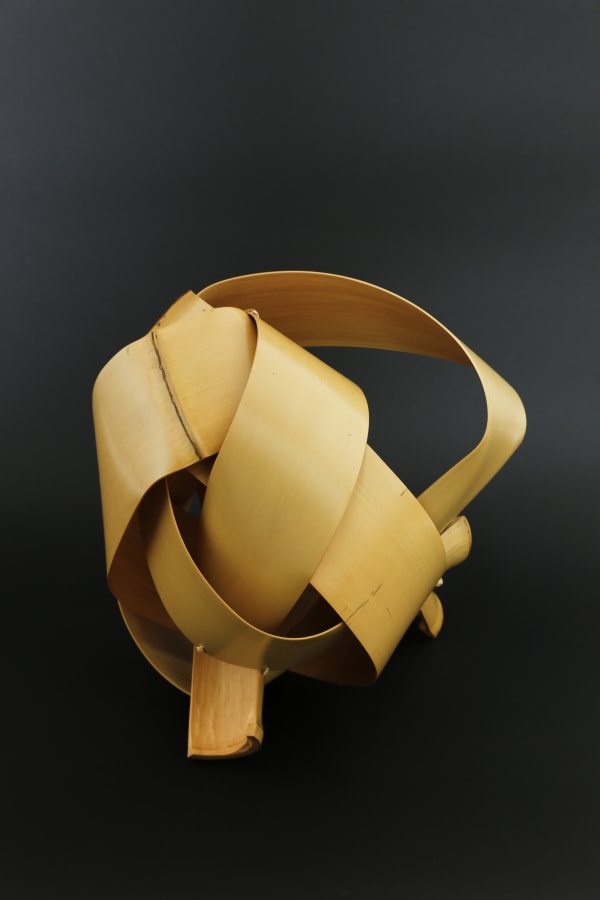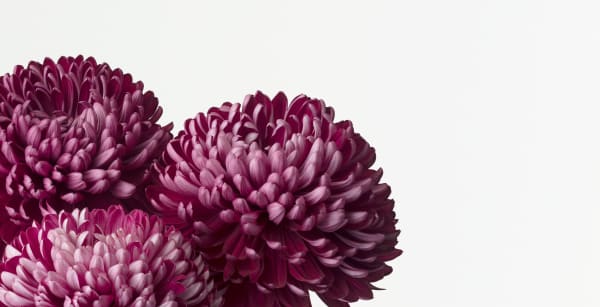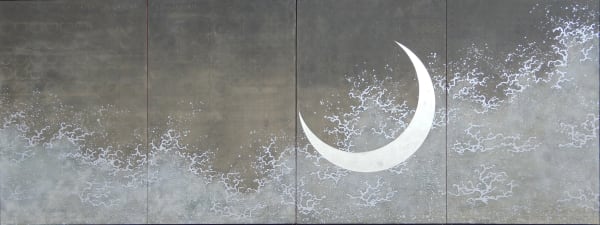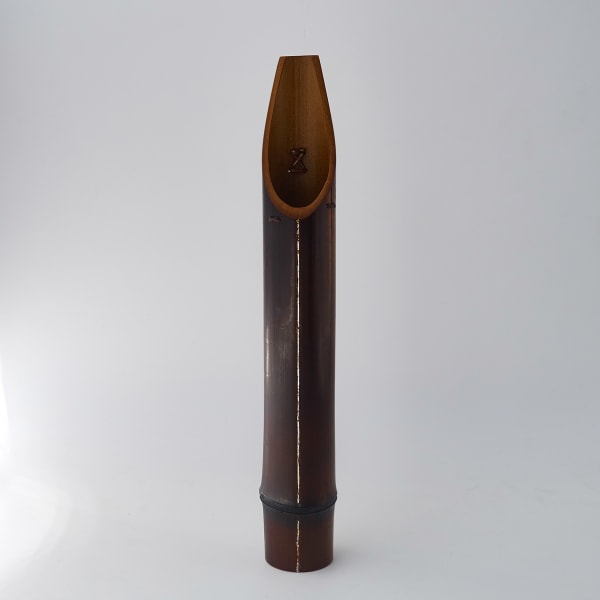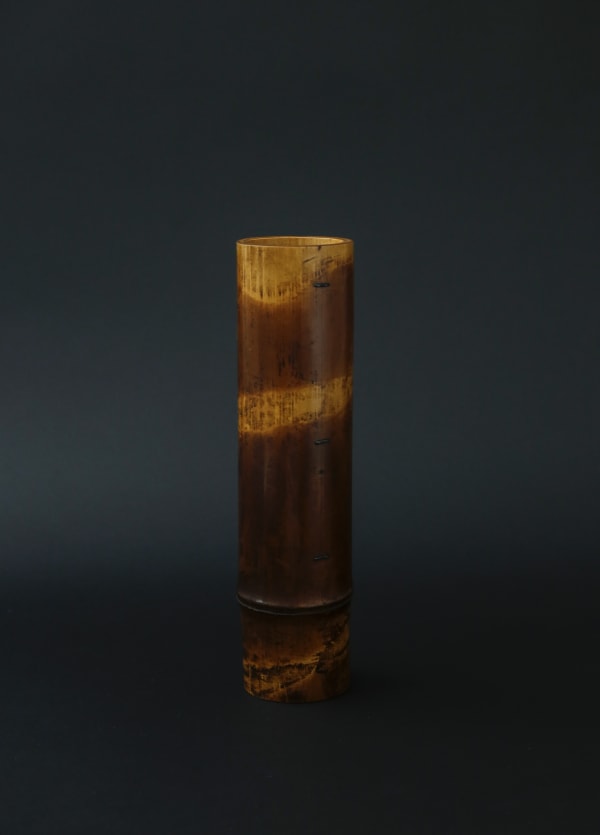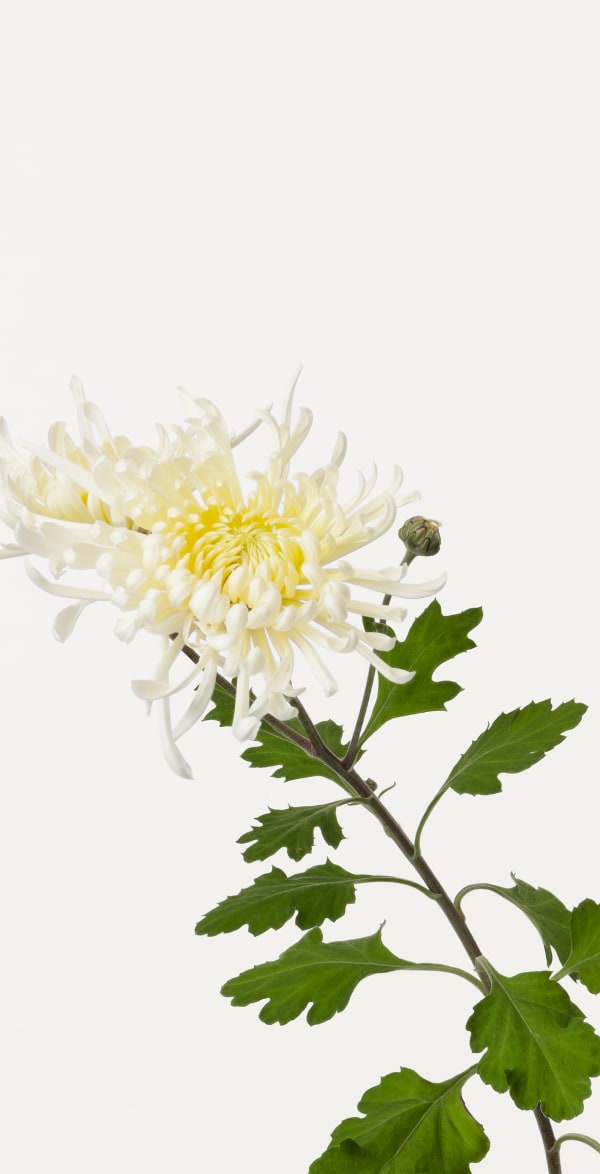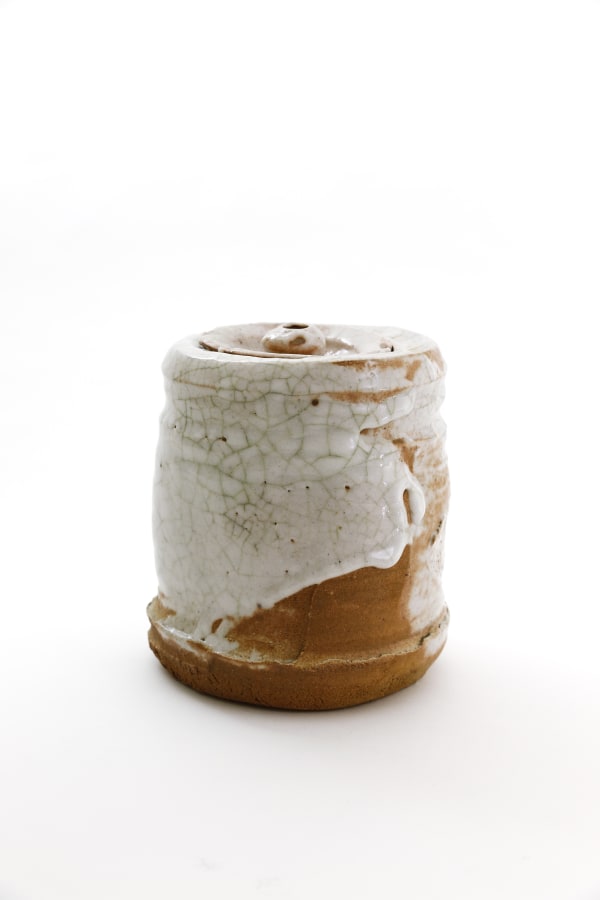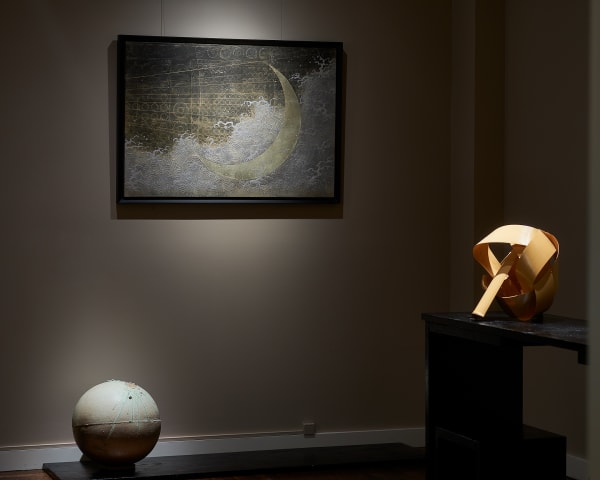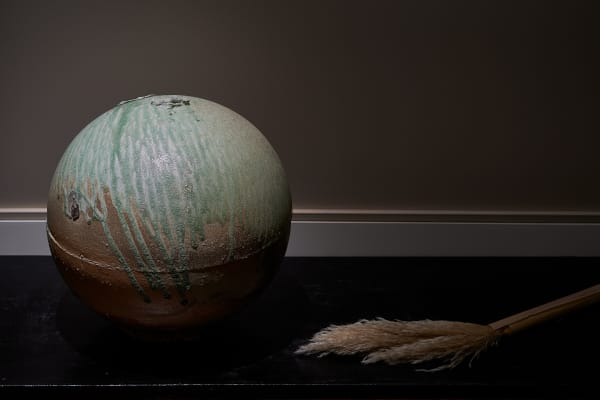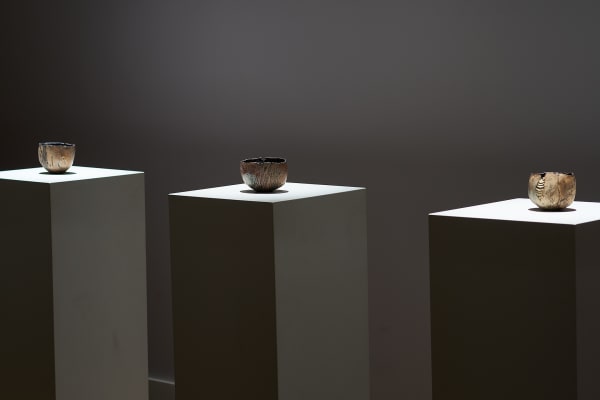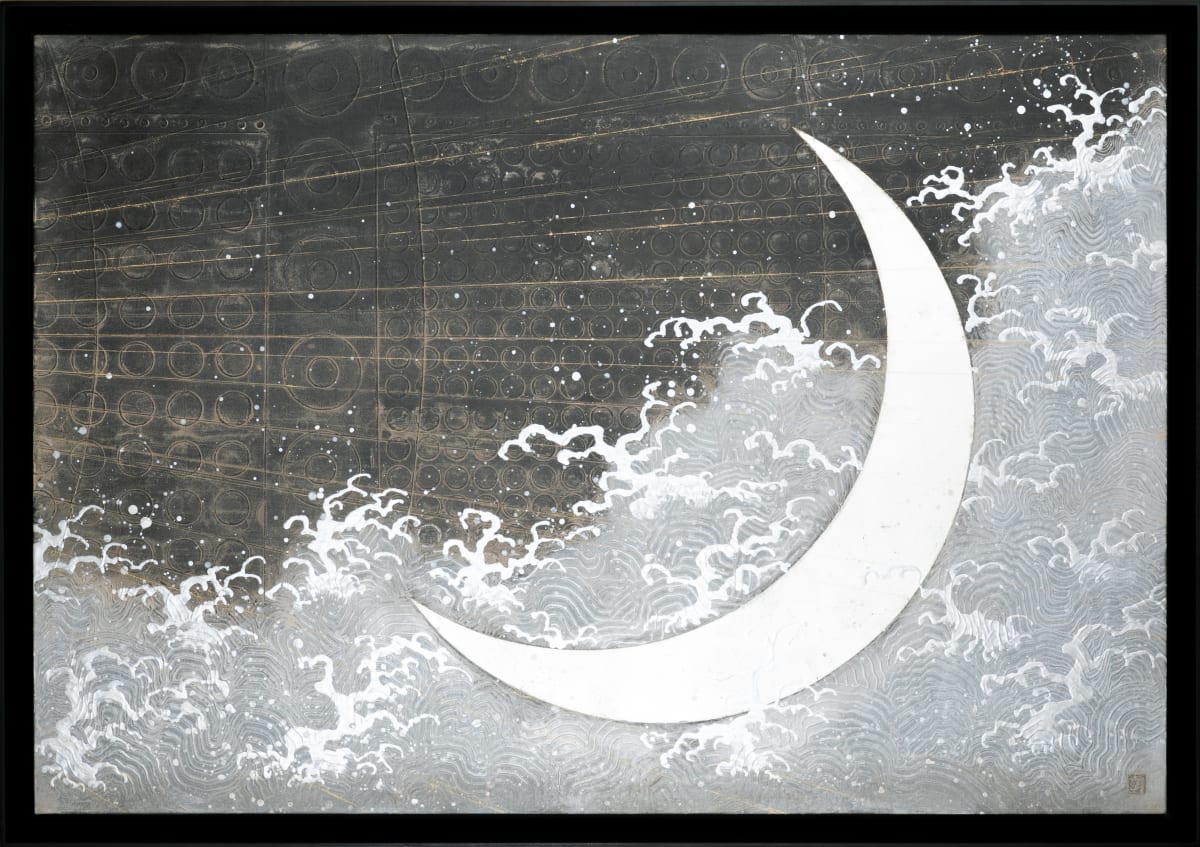Seeing the moon moves me to melancholy; I feel as though autumn has come for me alone, although I know this not to be so. (Ōe no Chisato [c.850–c.905] Kokin wakashu [Collection of Ancient and Modern Poems] compiled c.905)
The Moon and Japan
The moon can be seen faintly against the blue sky as the sun goes down. The waxing and waning of the moon have long appealed to the sensibility of the people of Japan—a full moon shining in a pitch-black sky ushering in dreams, or a hazy moon, partly hidden behind the clouds, inspiring numerous melancholic poems. The moon has become an intrinsic part of Japanese sentiment.
Seeing the moon moves me to melancholy; I feel as though autumn has come for me alone, although I know this not to be so. (Ōe no Chisato [c.850–c.905] Kokin wakashu [Collection of Ancient and Modern Poems] compiled c.905)
Since ancient times the moon has been looked upon as something divine. The Taketori Monogatari [Tale of the Bamboo Cutter] is a fairytale written in the tenth century and is the oldest story in the world. It is about a princess who appears from inside a stalk of bamboo as a baby. A bamboo farmer and his wife raised her to adulthood when she returns to her home on the moon. It is a lovely story that exemplifies the majestic moon.
The moon-viewing festival, Tsukimi, is a refined custom that takes place on the night of a full moon in the middle of autumn. Starting during the Heian period (794–1185), people continue to observe this tradition. People love the image of a moon reflected in the water's surface or a cup of sake for its romantic connotations. They say that the moon possesses a poetic fascination that is missing from the sun. The patterns on the moon's surface suggest different things to different cultures, but in Japan, they are believed to depict a hare pounding rice in a mortar to make rice cake. It is a charming idea that stirs the imagination.
Often people decorated their sliding doors and folding screens in their homes with pictures painted over silver or gold leaf. In olden times, before the advent of electricity, the folding screens reflected the moonlight falling on the tatami mats, providing a faint illumination inside the room. In his essay, 'In Praise of Shadows' (1933), the famous author, Tanizaki Junichirō (1886–1965), wrote: 'Darkness is an indispensable element of the beauty of lacquerware,' expressing the fact that candlelight at night heightens the elegance of lacquer.
This exhibition focuses on works that use the moon as their theme. We hope that it will turn people's thoughts to the moon, which provided a valuable light to brighten the nights in Japanese culture and served as a source of endless poetical inspiration.
-Shoko Aono
FOR IMMEDIATE RELEASE
Moonlit Night
Fall Selections from Ippodo Gallery, New York
September 2–October 5, 2021
Autumn is a poetic and enriching season in Japan, deeply rooted in traditions that celebrate the harvest and the beauty and wonder of the natural world. To honor the season, people gather to drink sake steeped with chrysanthemum petals, stroll through rustling fields of susuki, tall grasses with wispy tips that turn golden in autumn, and observe auspicious holidays like Chōyō no sekku, associated with a doubling of good fortune. A particular autumnal joy is Otsukimi, the festival of the harvest moon. Ippodo Gallery, New York, is pleased to welcome you to Moonlit Night, a selection of crafts that celebrate this Otsukimi season.
Otsukimi (お月見, moon-viewing festival, also known as Jugoya,十五夜), pays homage to the full moon. While traditionally observed on the 15th day of the eighth month of the Lunar calendar, this year, Otsukimi falls on September 21 through 24. The full moon on these nights is the most magnificent of the year, shining high in the autumn sky. People invite family and friends for moon-viewing parties, serving foods that evoke the moon, like plump, round dango (sweet rice dumplings) and tsukimi udon, noodle soup with a poached egg.
Ippodo Gallery has assembled a selection of works that celebrate autumn and the moon. Yukiya Izumita's delicate, layered ceramic works, made from the soil around his studio in the rugged Tohoku region, resemble autumn leaves falling on top of one another. Ken Matsubara's newest paintings feature various phases of the moon. Hafu Matsumoto creates vases, baskets, and sculptures entirely from bamboo. Kaguyahime (The Tale of Princess Kaguya), old folklore, is about a beautiful princess from the Moon discovered as a baby inside the stalk of a glowing bamboo stalk. With its elegant, hollow, green stems that reach toward the skies, bamboo symbolizes purity and good fortune. Other works such as a selection of tea bowls by contemporary Japanese potters, ranging from early-career artists to master craftsmen, and incense burners used in the tea ceremony to celebrate life's miracles, will also be showcased, like a yearly harvest. We look forward to welcoming you into our space to celebrate Autumn, Chōyō no sekku, the Otsukimi festival, and to find inspiration in our artists and their works.
Ippodo Gallery invites you to our very own Otsukimi Festival on September 16, 2021, from 5:00 to 7:00 pm. We welcome families and friends of all ages to spot moon motifs on the gallery’s artworks, and to enjoy tsukimi dango, the traditional rice dumplings served on the holiday.


